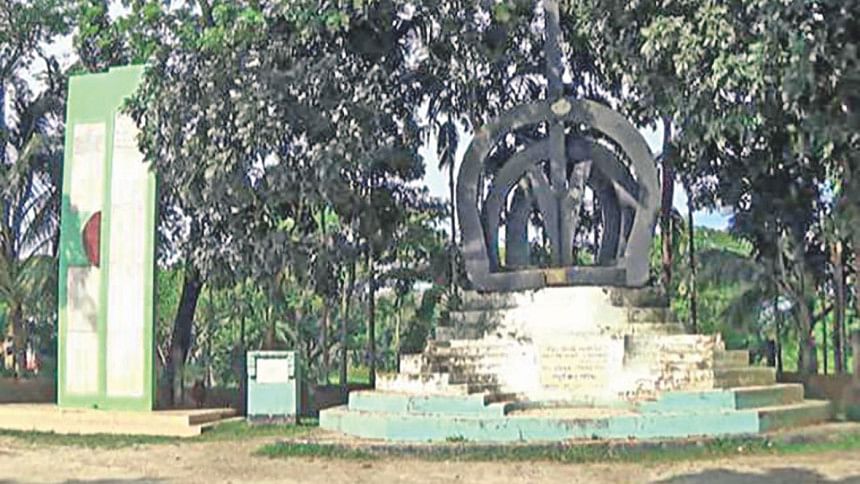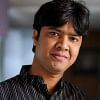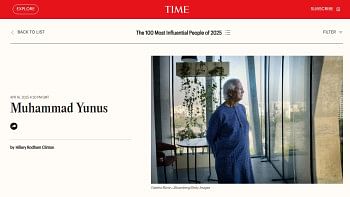Awaiting justice for the Boroitola mass killings

The Pakistani occupation forces with the help of their local collaborators started their campaign of genocide and torture in a planned way from the beginning of 1971, with the aim of suppressing Bengali nationalism.
Their target was to capture all the big towns in the then East Pakistan by March 26, and eliminate the political and military opposition within the month.
The most glorious history of the Bengalis was written in 1971. The most painful memory of 1971 is the barbaric genocide of Bengalis by the Pakistani Army. Many atrocities committed by Pakistani troops and their local collaborators are still unknown to us.
Freedom fighter Lt Col (Retd) Quazi Sajjad Ali Zahir Bir Protik roamed the different localities in the country and documented various incidents of genocide through his investigations.
Boroitola mass killing ground in Sadar upazila of Kishoreganj district is one of the scenes of such atrocities. A total of 365 innocent people from different nearby villages were brought here and killed on October 13, 1971.
Boroitola is under Joshodol union in Kishoreganj district. Boroitola is considered as the biggest mass killing ground in Kishoreganj Sadar thana.
There was some confusion regarding the information on the mass killing that took place there in Kishoreganjer Itihas compiled by Mohammad Saidur and Mohammad Ali Khan, and Rokte Bheja Kishoreganj written by Jahangir Alam Jahan. The correct information was later incorporated in Muktijuddhe Kishoreganjer Itihas by Jahangir Alam Jahan.
On October 13, 1971 (Ashwin 28, 1378 Bangla year) Wednesday, at around 2:30 pm about 20 Pakistani Army troops in black uniform and another 20 Razakars came from Kishoreganj to Joshodol village in a special train after crossing Joshodol rail station.
The Pakistani troops and Razakars came down from the train and entered Dampara village near Joshodol. They indiscriminately set fire on houses in the village including that of Hafez Touhid's. They killed Gurudayal Nomodas, Kadu Nomodas, Dengu Nomodas and Abdul Mannan in the village.
About 500 innocent villagers from Dampara, Chiknirchar, Kalikabari, Tilaknathpur, Gobindapur and some other villages left their homesteads and took shelter in a sugarcane orchard near Narosunda river adjacent to the house of Azizul Haque, a teacher of Azimpur High School in Kishoreganj. But members of the Pakistani Army and the Razakars detained them there and gathered near the rail line adjacent to Boroitola.
Some Pakistani troops who were sepereated from the group entered the village and looted gold ornaments, cash and other valuables and came to Kishoreganj town through Monipurghat area in the suburbs via Jinarai village. Neither the Pakistani Army nor the Razakars were aware that some the troops had been separated from the main group.
Razakar Abul Hashim of Chiknirchar village informed the Pakistani troops that the people in the nearby village had killed one of those soldiers. Hearing this the Pakistani Army gathered at Boroitola village and killed the villagers using bayonets, iron rods and by shooting them with their firearms. A few villagers took permission to offer prayers and took shelter in the nearby mosque. Some of them are still alive. Many are still bearing the scars of the torture that was done to them. The relatives of the martyrs are still in tears.
The trial of those who had committed such crimes against humanity in 1971 has still not been completed. Many relatives of the victims of Boroitola mass killing are still struggling to live their lives. None enquires about their conditions. They have not yet been given the status of being family members of the martyrs of 1971.
Kishoreganj-Nikli road runs about four kilometres southeast from Kishoreganj Sadar. The Boroitola ground is by the road. The house of the acting president during the Liberation War time government, Syed Nazrul Islam, is near Boroitola. So the occupation forces and Razakars had their eyes carefully set on the area.
Local Razakars had perpetrated the terrible genocide in the area on October 13. About 400 villagers were gathered at the Boroitola ground. Each of their villagers had their hands and feet tied before being killed. The mosque in the area is a witness to these atrocities.
Abdul Aziz was an assistant teacher of Azim Uddin High School in the town during that time. Old age now has made him weak. His eyes light up when the atrocities of the day are mentioned to him. His life was saved because he was not in town that day, but four of his family members, including his uncle were killed.
According to Abdul Aziz, all hell broke loose that day. There was none left to even bury the bodies. Many were forced to let the bodies of their near and dear ones float on the river in fear of the militias and Razakars. The former teacher said he had seen 25-30 bodies floating on the Narasunda river.
Many households are still bearing the painful memories of what happened in the villages of Korsha Kariail union.
It has been estimated that 365 persons were killed during the Boroitola genocide on that day. Names of many of those who were killed there on that day still remain unknown.
The relatives of those martyred during the killings could not yet bury the bodies of their loved ones. Many of the men in the village were killed. The relatives of these martyrs were forced to leave the area because of threats from the Pakistani occupation forces and the Razakars. Many bodies were strewn in the area. Many were washed away by the Narasunda river. Many bodies lying in the sugarcane fields were eaten up by jackals and dogs. The waters of the Narasunda river flow, having been a witness to such painful history.
After the independence of the country the villagers changed the name of the village to Shahidnagar and built a memorial near the killing ground. Later, a beautiful plaque containing the names and addresses of the martyrs were erected there.
Emran Mahfuz is poet, researcher and editor of Kaler Dhoni. E-mail [email protected]
Translated by Enamul Huq





Comments